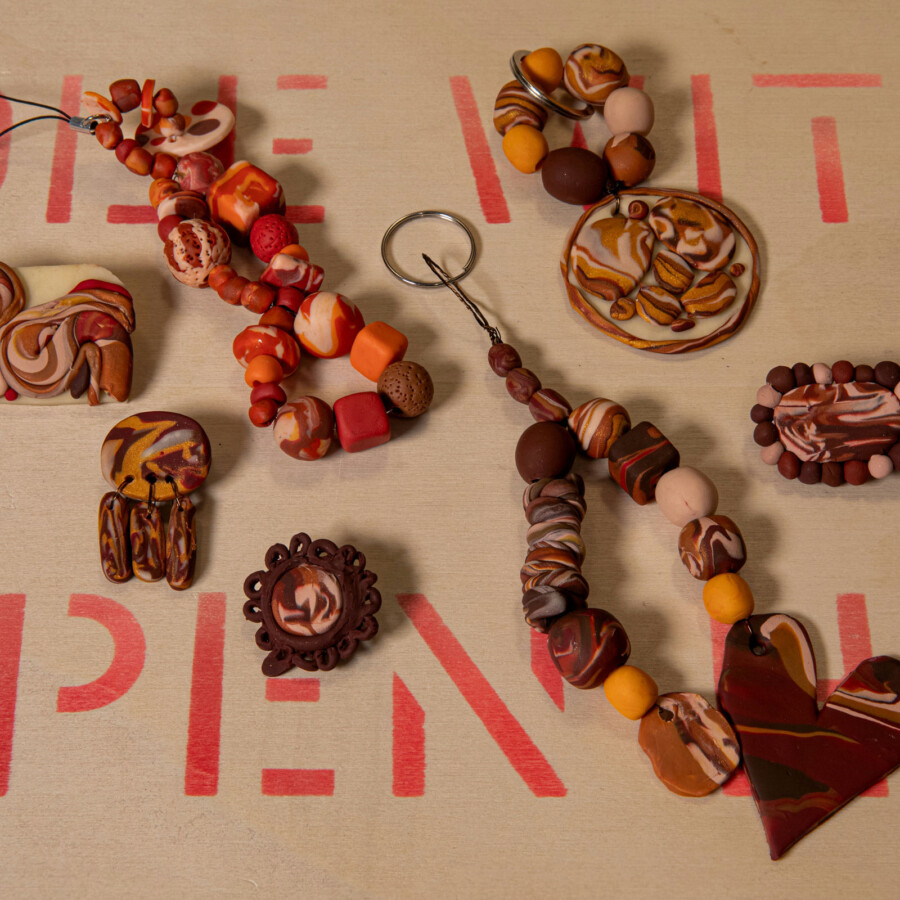Dear Mingei Members,
No matter how old I get, I will forever associate the onset of summer with more time for play! We take this season to heart at Mingei, which is evident in our Entry Level in particular, where visitors are greeted with whimsical armadillos, a bright mural, and paper flowers in abundance. As the world grows ever more complex, we believe there is immense value in finding time to play and explore through creativity.
At Mingei, play is present in the Tuck and Roll installation, where each animal figure delights with unexpected charm and craftsmanship. I love seeing our visitors with their noses pressed to the case, taking in every detail of the armadillos! On the Exhibitions Level, the emerging artists in the Student Craft exhibition provide fresh ideas and perspective, and spoons in the “Spooniverse” are rendered in a range of lively forms. The Museum’s educational programs invite play through engaging games like Village Crafters, which you will read about in this issue of Communiqué. Most importantly, when community members like you gather in this space for social connections, events, and programs, it fills our galleries with laughter and life.
Even our behind-the-scenes work is infused with playfulness—whether staff members are discovering new craft practices in our library or our curatorial team is developing exhibitions that encourage wonder and discovery. This spirit of exploration and joy is what makes Mingei special.
We believe that when people play, they connect more deeply with art, with each other, and with the creative spirit that lives within us all. Thank you for being part of our community of makers, dreamers, and players! Wishing you a wonderful summer.
Jessica Hanson York
Executive Director & CEO















































